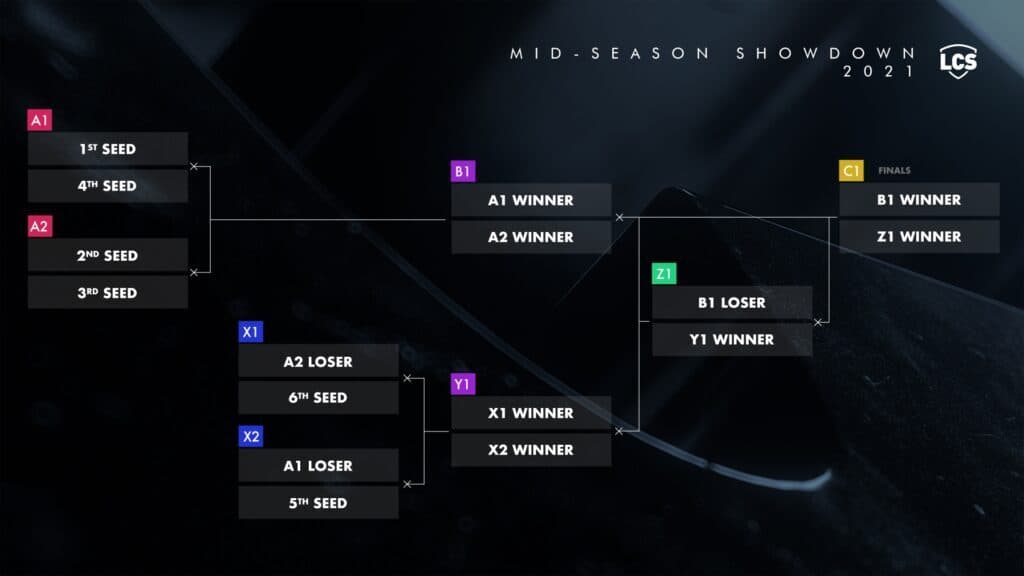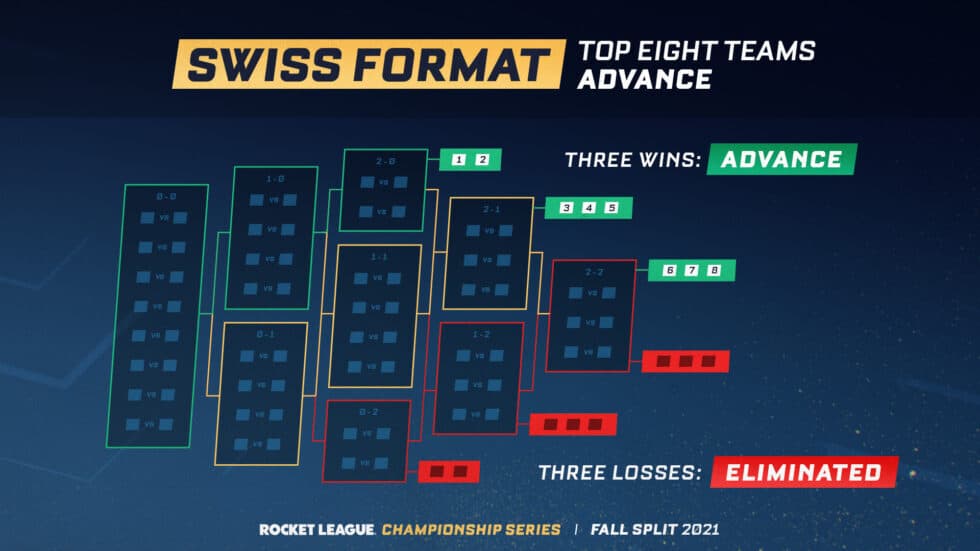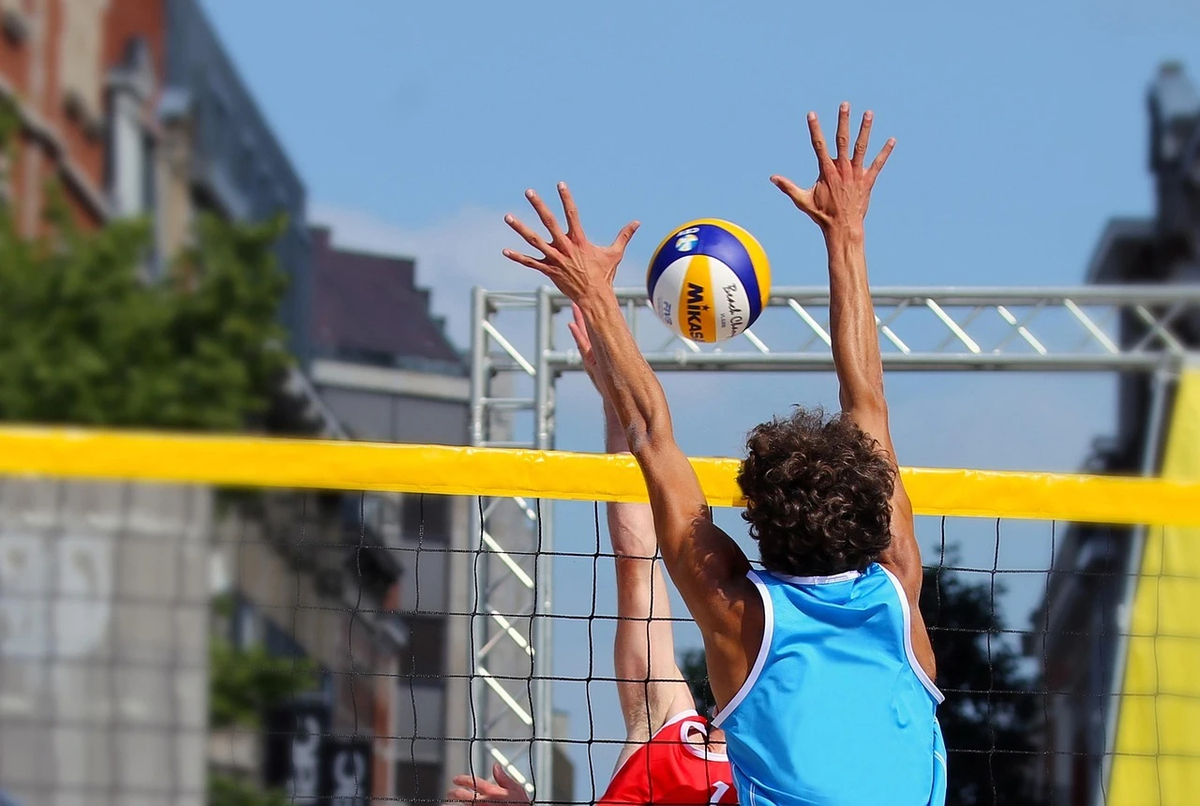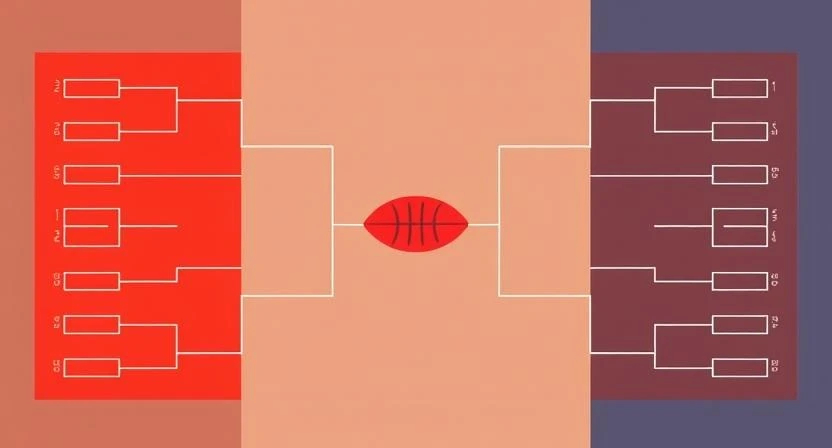Understanding the Tournament Types and Choosing the Right Format

When planning any competitive event, from local chess meets to global esports championships, choosing the right tournament format is crucial. The structure you pick affects fairness, excitement, scheduling, and the overall participant experience. In this guide, we’ll unpack the most common types of tournaments, explore different tournament styles and tournament bracket types, compare them, and highlight key differences organizers need to know.
Tournament Styles Comparison
Tournament Type | Elimination | Fairness | Game Count | Time Required | Suspense | Best For |
Round Robin | None | Very High | High | Long | Low | Small groups, complete comparison |
Single Elimination | One loss | Low | Low | Short | High | Quick events, knockouts |
Double Elimination | Two losses | High | Medium | Medium | High | Esports, balanced competitions |
Swiss System | No elimination | Medium-High | Medium | Medium | Medium | Large pools, limited time |
Knockout with Repechage | Two losses (if to finalist) | High | Medium | Medium-Long | High | Olympic combat sports |
Group + Knockout Hybrid | Round robin + KO | High | High | Long | High | Soccer, esports, tennis |
Pyramid (Progressive) | Multiple | Medium | Variable | Variable | Medium | Skill ranking tournaments |
Ladder Tournament | Ongoing challenges | Medium-Low | Variable | Long (ongoing) | Low | Clubs, casual competition |
1. Round Robin

Source: Leaguespot
The Round Robin structure is a “play everyone else” method. Each participant competes against every other participant at least once.
How It Works
If there are 8 teams, each team plays 7 matches.
There are no immediate eliminations; the overall leaderboard decides the winner.
Pros and Cons
Pros:
Ensures fairness - every competitor plays all opponents.
Reduces the risk that a strong contender is knocked out by a fluke result.
Ideal for smaller competitions with under 20 entrants.
Cons:
Matches grow quickly in large pools: N participants require N*(N–1)/2 matches.
Can be time-consuming.
Less suspenseful than knockout formats.
Why It Matters
This tournament style is perfect for leagues, round robin chess events, and school sports. Organizers gain comprehensive comparative data, making debut stats straightforward.
2. Single Elimination: The King of Knockout
Source: Faceit
In a single elimination bracket, one loss means you're out.
Format Breakdown
A 16-player bracket results in 15 games: 8 first-round, 4 quarterfinals, 2 semifinals, and a final.
No second chances: lose once, and your tournament is over.
Pros and Cons
Pros:
Fast and decisive.
Easy to follow and schedule.
High stakes create intense engagement.
Cons:
A single upset can eliminate a strong participant.
Less forgiving than other tournament formats.
Use Cases
Widely used across sports, conservative poker tournaments, and high-stakes elimination events. If you want maximum drama in minimal time, this tournament type excels.
3. Double Elimination
Source: Faceit
The double elimination bracket style gives every competitor two lives: you must lose twice to be out.
Bracket Structure
Everyone starts in the winners’ bracket.
One loss drops you into the losers’ bracket.
Lose again, and you’re eliminated.
A final pits the winners’ bracket champ against the survivors from the losers’ bracket, sometimes requiring two final matches.
Pros and Cons
Pros:
Fairer than single elimination.
Balances high-stakes excitement with competitive integrity.
Provides dramatic lower-bracket comebacks.
Cons:
Scheduling is more complex.
May require additional rounds if the losers’ bracket finalist wins the first final.
Why It’s Popular
This is a favorite structure in esports like fighting games and Counter-Strike. It neatly bridges the gap between single elimination and round robin, offering both suspense and solidarity.
4. Swiss System

Source: Leaguespot
In a Swiss-system tournament, winners play winners, losers play losers, while everyone continues playing for a set number of rounds.
How It Operates
Rounds typically range from 4 to 9, depending on tournament size.
Pairings are based on cumulative scores.
No elimination, but bracket assignments constantly evolve.
Pros & Cons
Pros:
Efficient for large groups.
Keeps everyone active until the end.
Fairly identifies consistently strong players.
Cons:
Not every participant faces the others.
Final standings may rely on tiebreakers.
Typical Uses
Chess competitions, large-scale Magic: The Gathering events, and school-level quiz tournaments. Great for balancing fairness and feasibility.
Other Tournament Styles
Apart from the 4 main types of tournament, here are some less common but effective structures:
5. Knockout with Repechage
Used in Olympic wrestling and judo. Once you lose to a finalist, you enter a second-chance bracket leading to bronze-medal matches.
6. Group + Knockout Hybrid
Preliminary Group Stage (Round Robin) feeds into a knockout bracket. Common in soccer, tennis, and esports.
7. Pyramid (Progressive Elimination)
Top performers climb to the next level, challenge new opponents. Found in darts and bowling leagues.
8. Ladder Tournaments
Players challenge those above them, moving up or down based on outcomes. Typical in tennis clubs or team ladders.
Exploring Different Tournament Bracket Types
Understanding different tournament bracket types is crucial, especially for organizers managing multiple brackets.
Bracket Types:
Fixed Single-Elimination Bracket
Seeding-Based Bracket
Double-Elimination Bracket
Swiss-Pairing Bracket
1. Fixed Single-Elimination Bracket
Straightforward layout: winners go on, losers exit. Easy to build and manage.
2. Seeding-Based Bracket
Top performers are strategically placed to avoid early knockouts. Common in March Madness and the tennis Slam tournaments.
3. Double-Elimination Bracket
Consists of winners and losers brackets, balancing fairness and drama.
4. Swiss Tournament Bracket
Dynamic pairing chart based on current standings. Used when everyone plays multiple rounds without elimination.
Setting Up Brackets Effectively
Basics of Building Brackets
Define Participant Count
Round robin needs N*(N–1)/2 matches.
Single elimination requires round numbers (e.g., 8, 16, 32).
Choose Seeding Strategy
Random vs ranking-based.
Ensures optimal matchups and fairness.
Map Schedule & Logistics
Allocate venues, times, and breaks.
Avoid bracket conflicts.
Plan Tiebreakers
Common in round robin: head-to-head, point differential, strength-of-schedule.
Communicate Clearly
Share bracket visuals, match times, and rules with all participants.
Managing Multiple Bracket Styles
Some events integrate different types of tournament brackets: for example, a group stage with round robin, followed by seeded knockout rounds.
Best Practices for Organizers
Choose a format that matches the event scale and resource availability.
Plan venue and schedule carefully - tournament formats vary widely in time demand.
Opt for digital bracket solutions for transparency and clarity.
Prepare backup plans for no-shows or technical disruptions.
Using MyCup for Bracket Management
MyCup.me offers a sleek, easy-to-use platform that puts all your tournament bracket types under one roof. With just a few clicks, you can customize seeding rules, format (single, double, round robin, Swiss, and hybrids), and branding for your event. The intuitive interface allows anyone to set up brackets fast - no tech skills required.
Live score updates and visual dashboards make tracking progress seamless, while social sharing tools and community chat features engage spectators and players alike. Whether you're running a school soccer cup or an international Counter-Strike showdown, MyCup streamlines everything from registration to final results.
Conclusion
Tournaments come in many flavors, each tailored to certain event types and goals. Here’s a recap by tournament types:
Round Robin: Fair, exhaustive, and best for small groups.
Single Elimination: Fast, dramatic, and easy to organize.
Double Elimination: Balanced fairness with strong competition.
Swiss System: Ideal for large numbers without long timeframes.
Hybrid & Specialized: Perfect for layered or second-chance formats.
When choosing, assess your number of participants, time constraints, fairness priorities, and resources. Using a robust bracket manager like MyCup.me ensures smooth setup, real-time tracking, and audience engagement.
FAQs
What is the best format for a tournament?
The best format depends on your event goals. For fairness and full comparison, round robin is ideal. For speed and high drama, single elimination works best. Double elimination strikes a balance between fairness and excitement, while the Swiss format is great for large groups with limited time.
What is the best format for a 12-team tournament?
A double-elimination bracket is often the best format for 12 teams. It allows every team a second chance while keeping the competition competitive and relatively short. Alternatively, a group stage into a single elimination knockout can balance fairness with efficiency.
What is the fairest tournament type?
Round robin is considered the fairest tournament type because each participant competes against every other participant. This reduces the impact of random pairings or one-time upsets and gives a true measure of overall performance.


